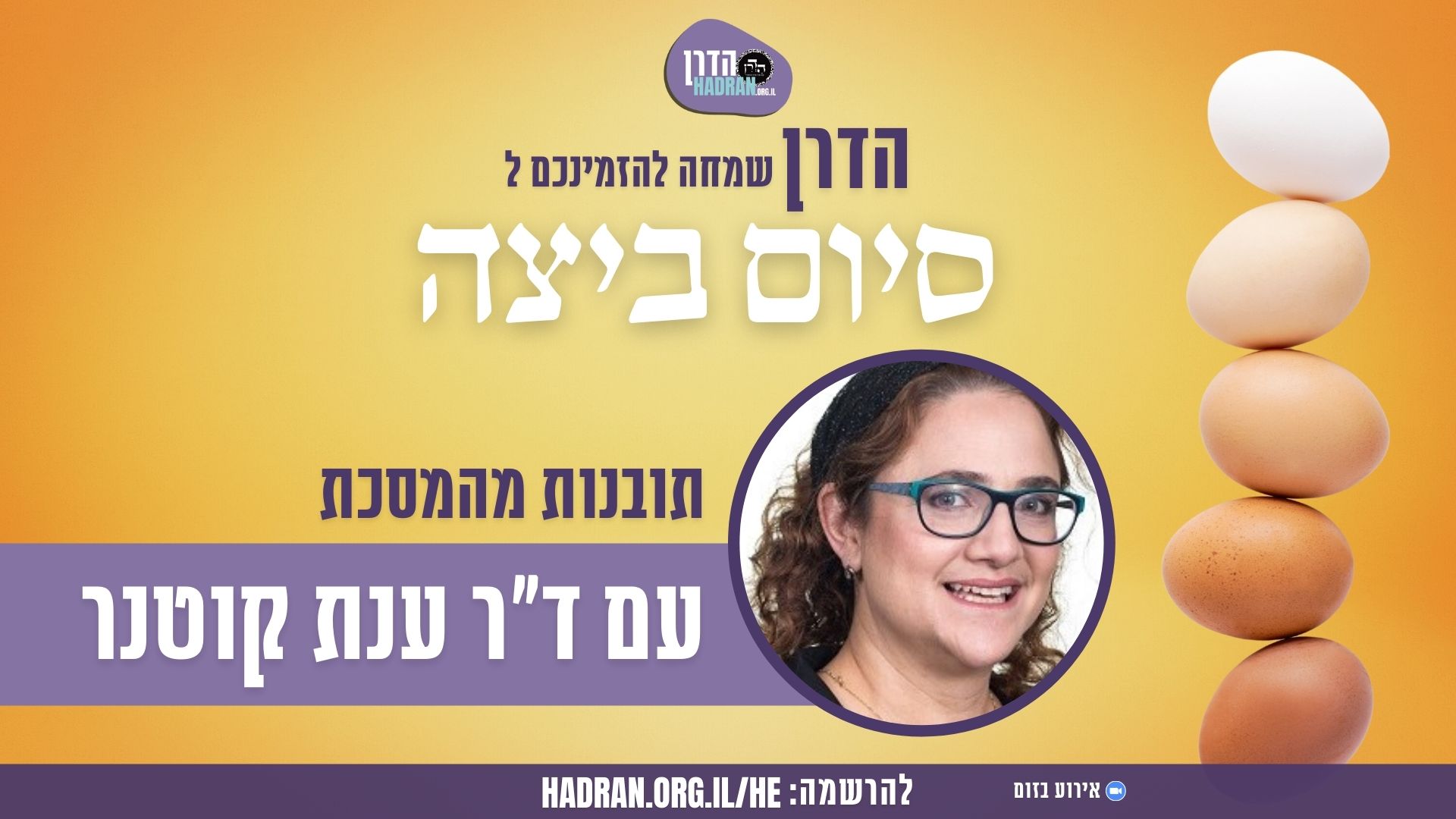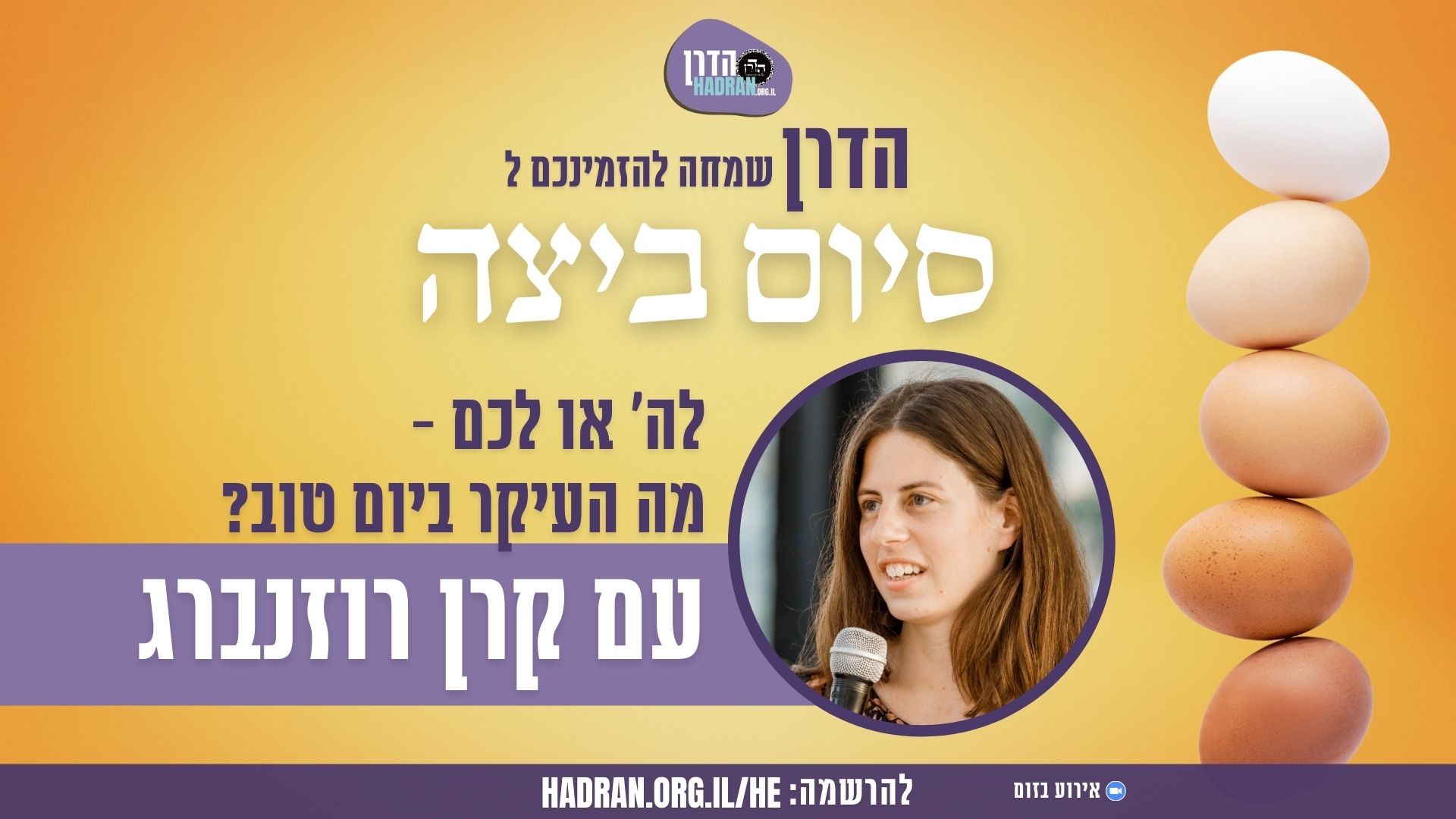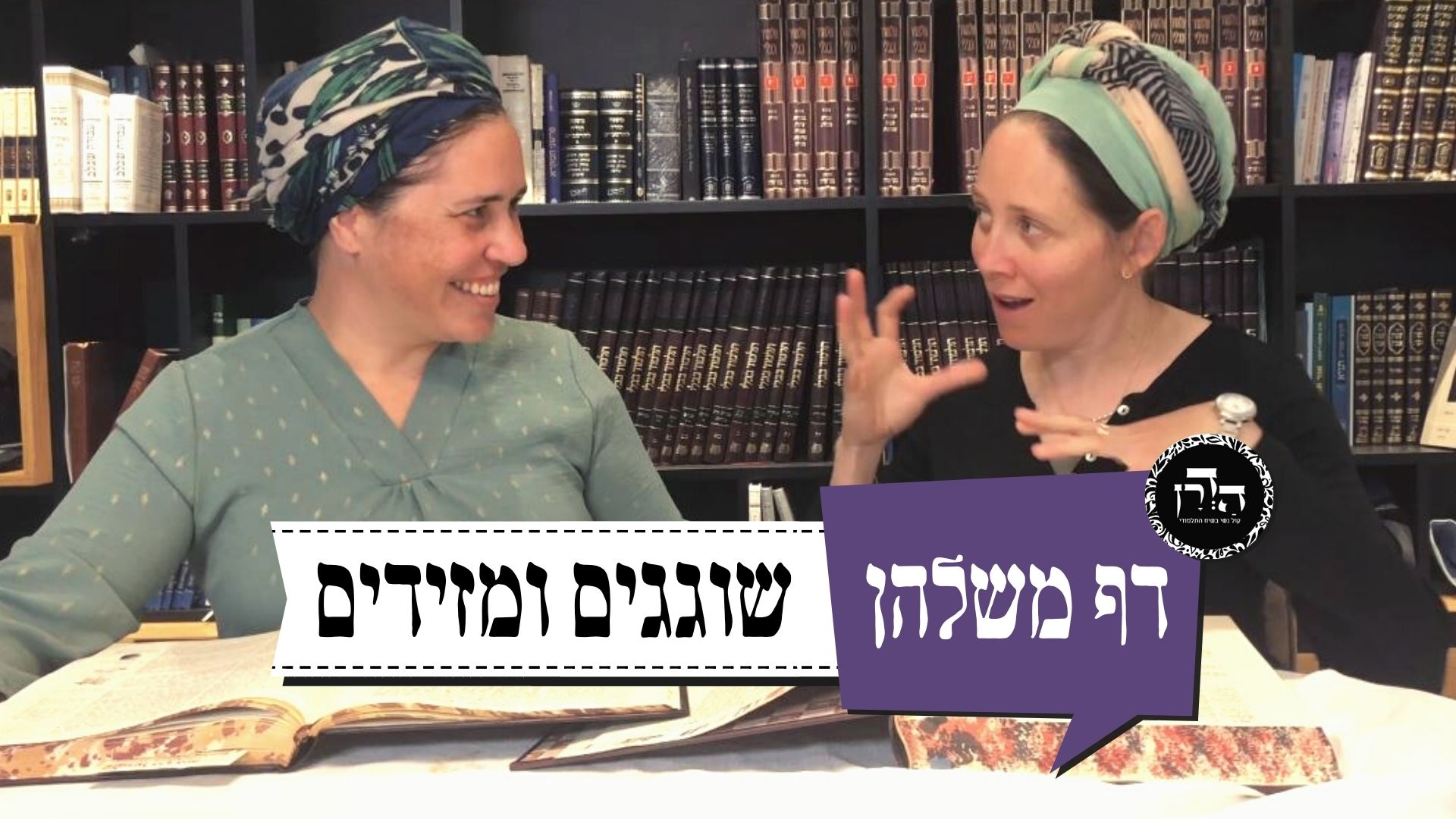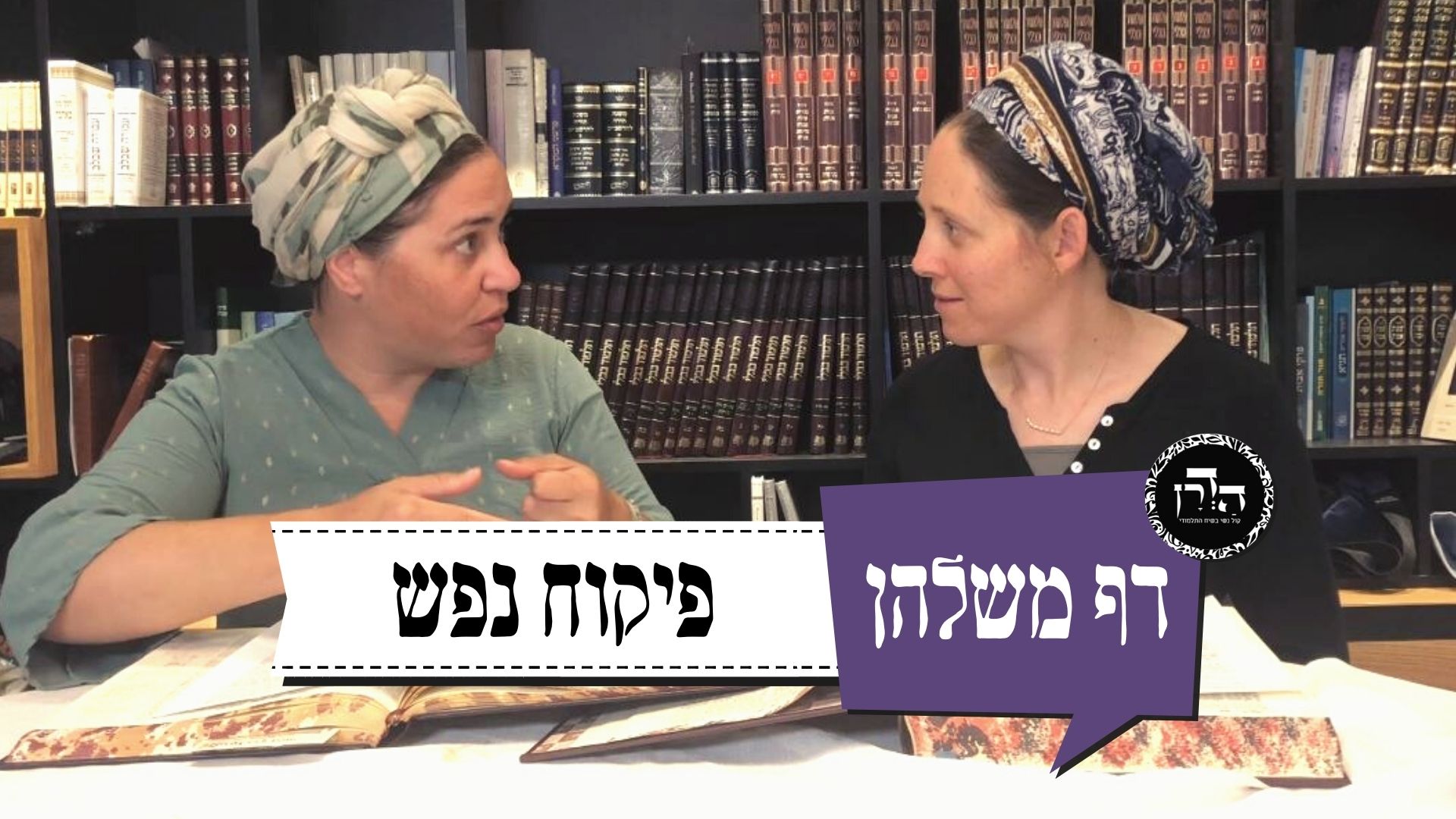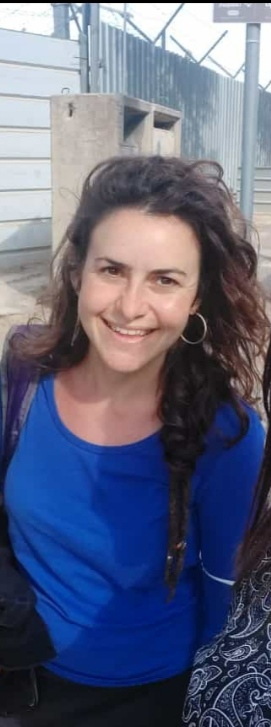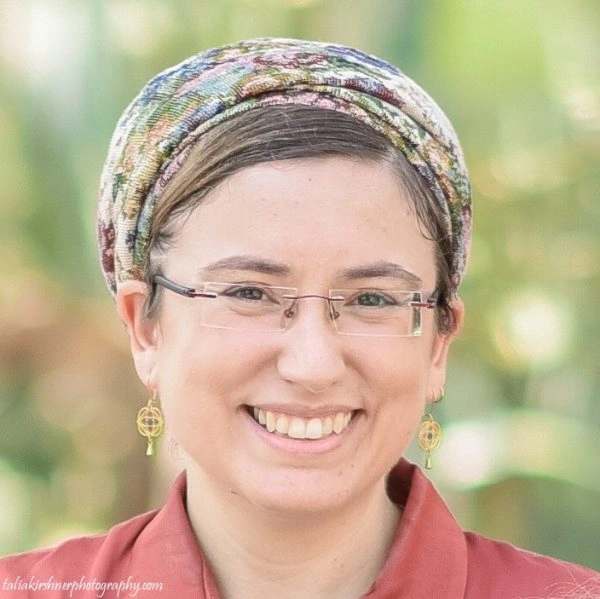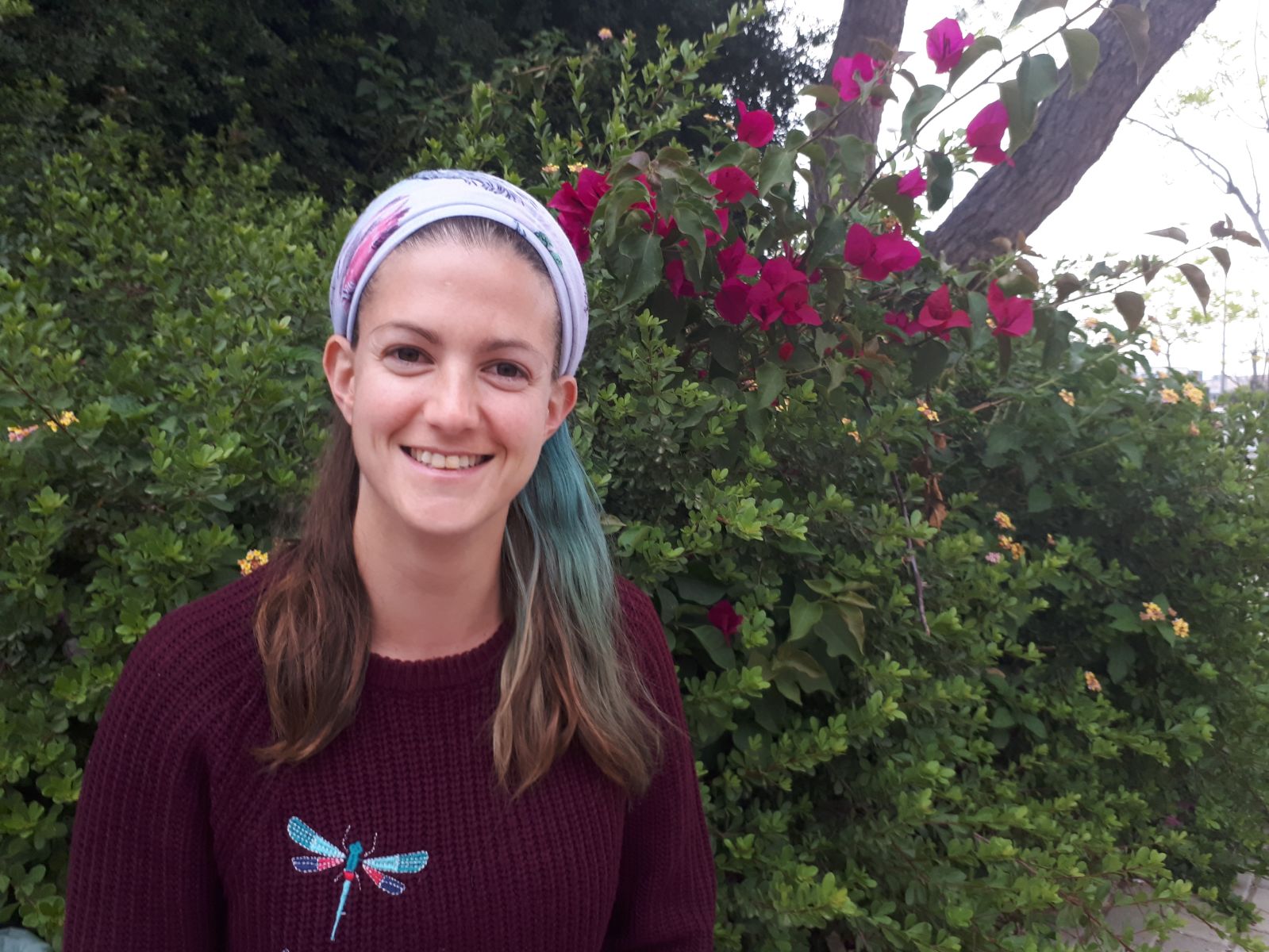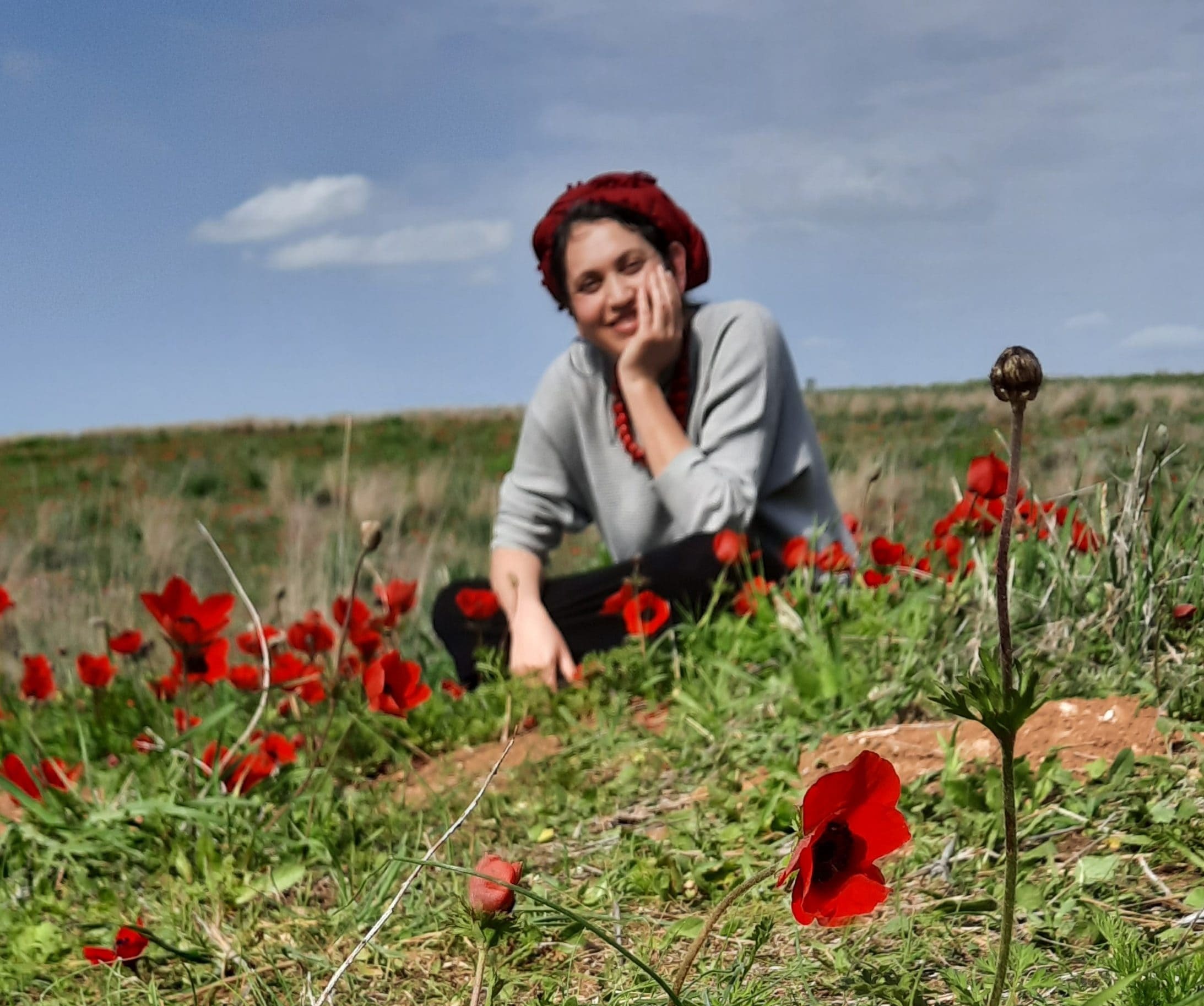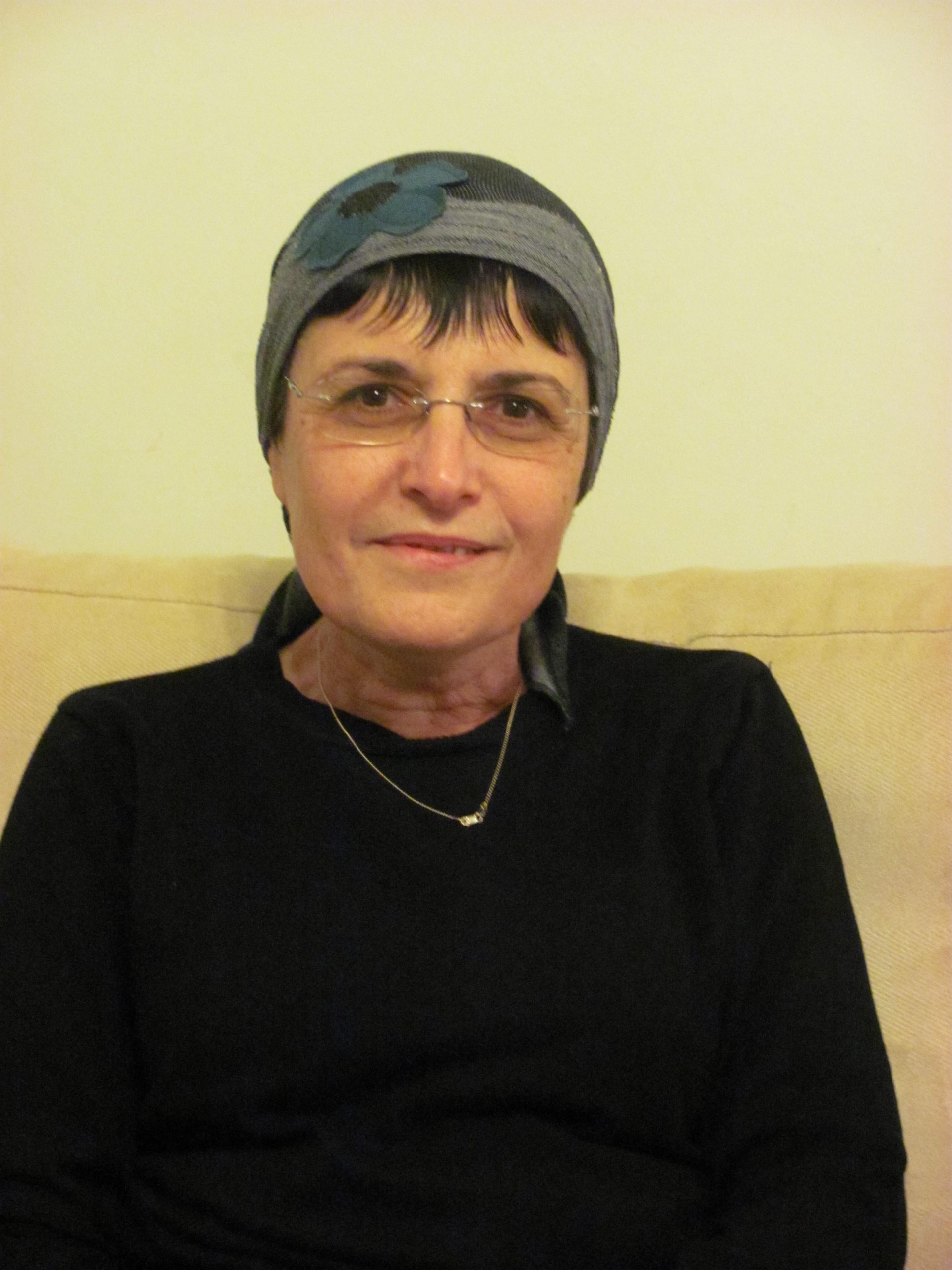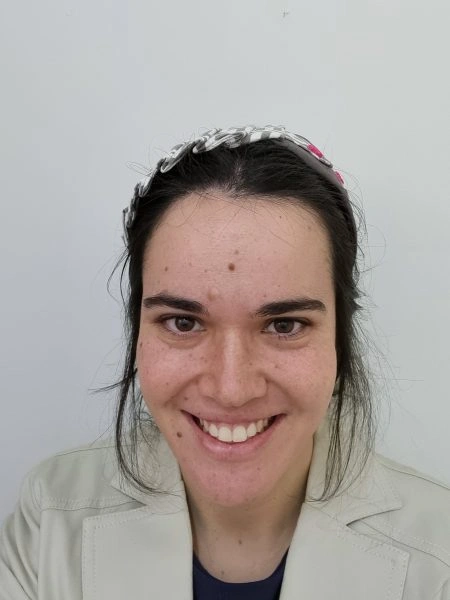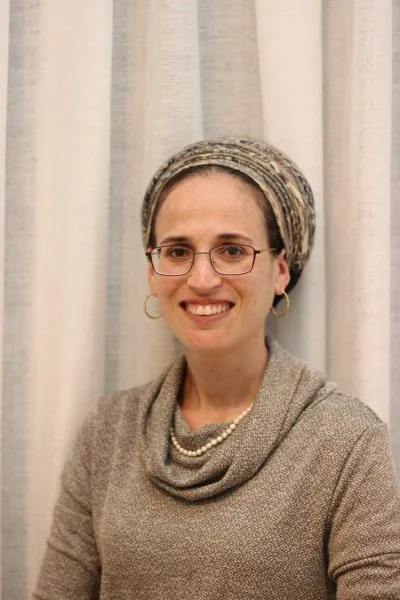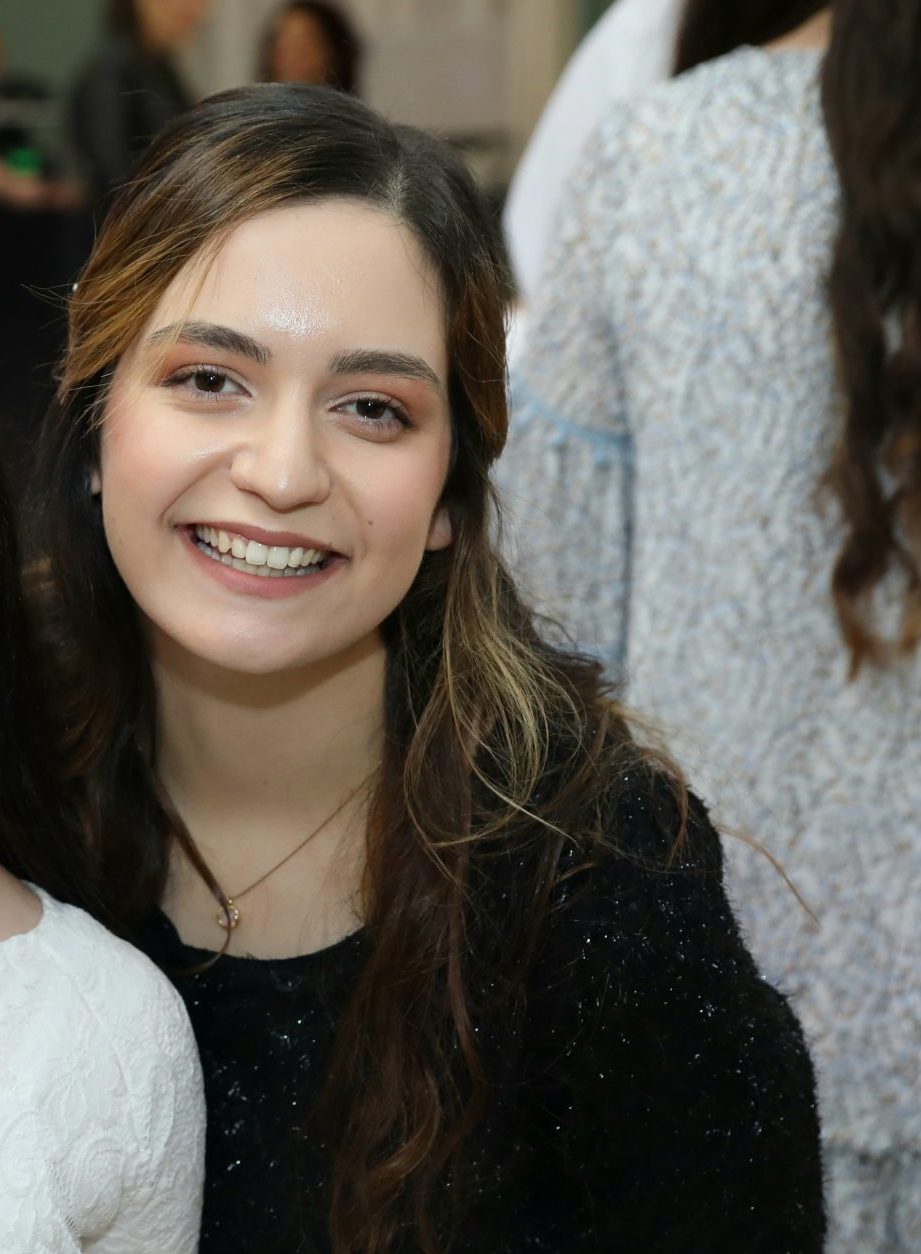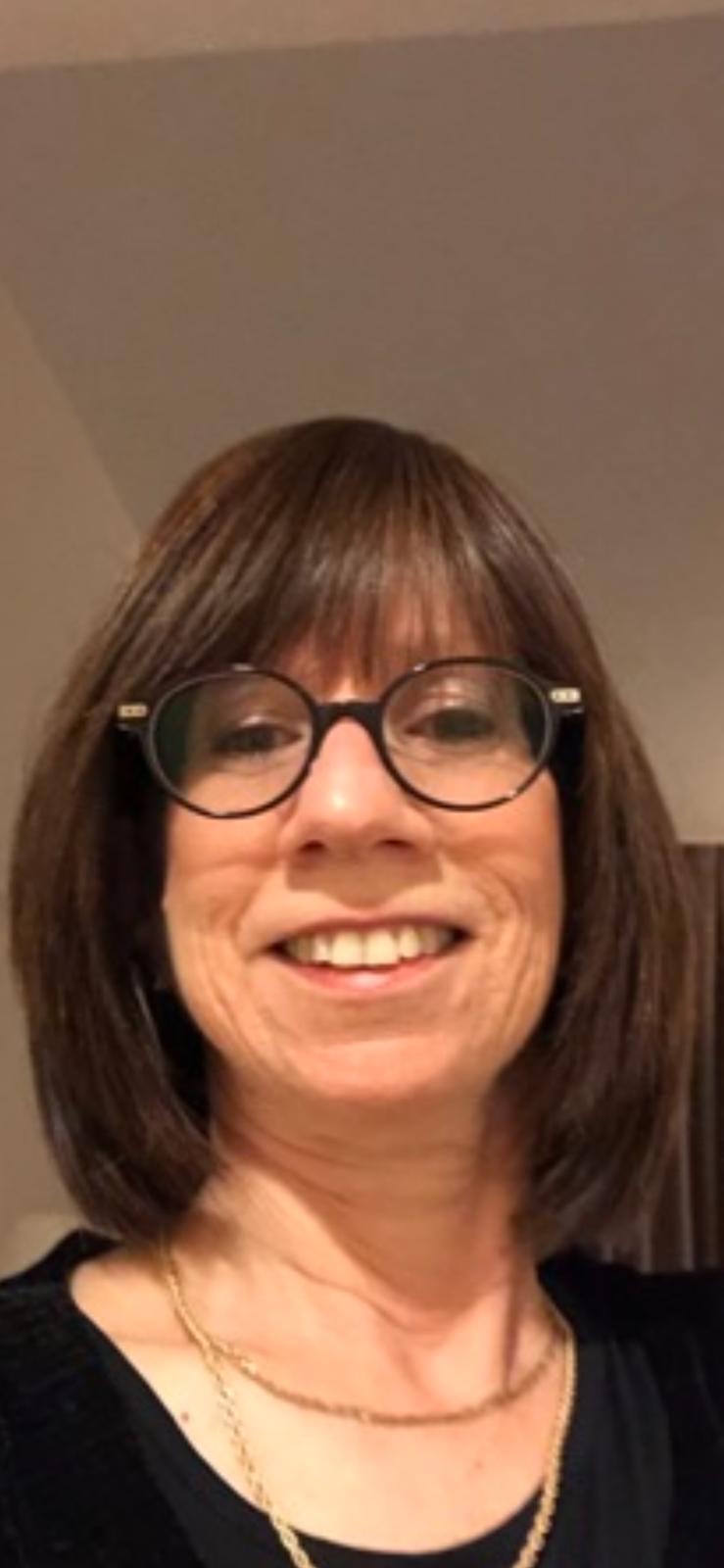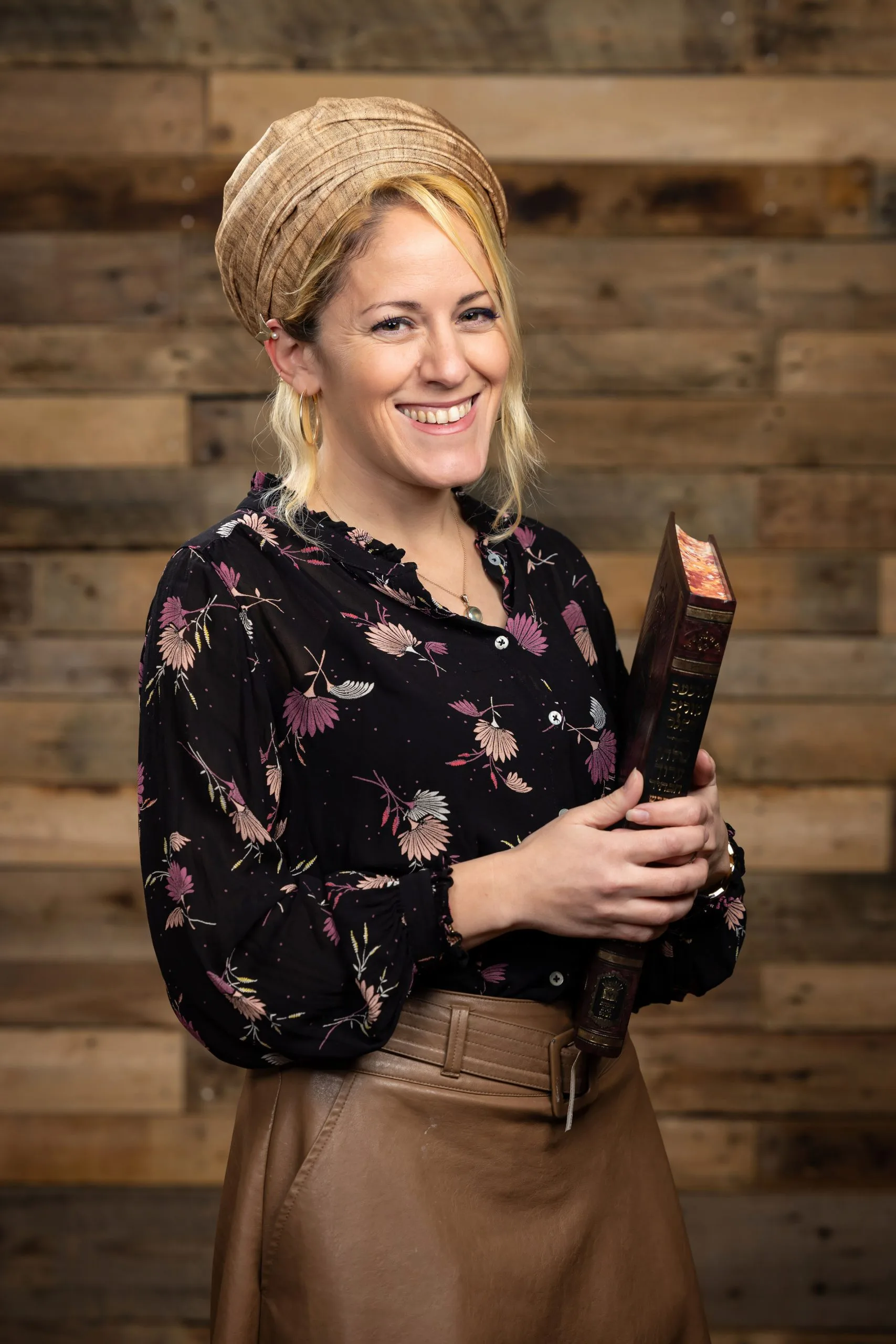ביצה לא
מַתְנִי׳ מְבִיאִין עֵצִים מִן הַשָּׂדֶה — מִן הַמְכוּנָּס, וּמִן הַקַּרְפֵּף — אֲפִילּוּ מִן הַמְפוּזָּר. אֵיזֶהוּ קַרְפֵּף — כׇּל שֶׁסָּמוּךְ לְעִיר, דִּבְרֵי רַבִּי יְהוּדָה. רַבִּי יוֹסֵי אוֹמֵר: כׇּל שֶׁנִּכְנָסִין לוֹ בְּפוֹתַחַת, וַאֲפִילּוּ בְּתוֹךְ תְּחוּם שַׁבָּת.
MISHNA: One may bring wood chopped from a tree the previous day from an unfenced field, but only from that which has been gathered into a pile before the Festival for the purpose of using it for kindling. However, scattered wood is muktze and may not be handled. And if one brings wood from a karpef used for storage, he may bring even from the scattered wood, as it is considered a guarded courtyard rather than a field, and one does not remove even scattered items from his mind if they are stored inside such an enclosure. The mishna explains: What is a karpef? It is any enclosure that is near a city, but if it is far from a city, it is considered a field; this is the statement of Rabbi Yehuda. Rabbi Yosei says: Any fenced place into which one can enter only with a key is a karpef, even if it is located at a distance from a city, provided that it is within the Shabbat limit.
גְּמָ׳ אָמַר רַב יְהוּדָה אָמַר שְׁמוּאֵל: אֵין מְבִיאִין עֵצִים אֶלָּא מִן הַמְכוּנָּסִין שֶׁבַּקַּרְפֵּף. וְהָא אֲנַן תְּנַן: מִן הַקַּרְפֵּף — וַאֲפִילּוּ מִן הַמְפוּזָּרִים! מַתְנִיתִין יְחִידָאָה הִיא.
GEMARA: Rav Yehuda said that Shmuel said: One may not bring wood except from the wood that was gathered in a karpef. The Gemara challenges: But didn’t we learn in the mishna: And from a karpef, even from scattered wood? The Gemara answers: The mishna follows an individual opinion.
דְּתַנְיָא, אָמַר רַבִּי שִׁמְעוֹן בֶּן אֶלְעָזָר: לֹא נֶחְלְקוּ בֵּית שַׁמַּאי וּבֵית הִלֵּל עַל הַמְפוּזָּרִים שֶׁבַּשָּׂדוֹת — שֶׁאֵין מְבִיאִין, וְעַל הַמְכוּנָּסִין שֶׁבַּקַּרְפֵּף — שֶׁמְּבִיאִין. עַל מָה נֶחְלְקוּ — עַל הַמְפוּזָּרִים שֶׁבַּקַּרְפֵּף וְעַל הַמְכוּנָּסִין שֶׁבַּשָּׂדוֹת, שֶׁבֵּית שַׁמַּאי אוֹמְרִים: לֹא יָבִיא, וּבֵית הִלֵּל אוֹמְרִים: יָבִיא.
One may not rely on it, as is clear from a different source that the majority view is otherwise, as it is taught in a baraita that Rabbi Shimon ben Elazar said: Beit Shammai and Beit Hillel did not disagree with regard to wood scattered in fields that one may not bring it on a Festival to one’s house for kindling, nor with regard to wood gathered in a karpef that one may bring it. With regard to what did they disagree? It is with regard to scattered wood in a karpef and gathered wood in fields, as Beit Shammai say: He may not bring it, and Beit Hillel say: He may bring it. Although the lenient opinion with regard to gathered wood in a field is attributed to Beit Hillel, this is only according to the minority view of Rabbi Shimon ben Elazar. However, most Sages disagree and say that one may not bring wood from a field at all, even according to Beit Hillel.
אָמַר רָבָא: עֲלֵי קָנִים וַעֲלֵי גְפָנִים, אַף עַל גַּב דִּמְכַנְּפִי לְהוּ וּמוֹתְבִי, כֵּיוָן דְּאִי מִדְּלֵי זִיקָא מְבַדַּר לְהוּ — כִּמְפוּזָּרִים דָּמוּ וַאֲסוּרִין. וְאִי אַתְנַח מָנָא מֵאֶתְמוֹל עֲלַיְיהוּ — שַׁפִּיר דָּמֵי.
Rava said: With regard to reed leaves and vine leaves, although they are gathered together and placed in the same spot, since if a wind comes it will scatter them, they are already considered scattered and are therefore prohibited. Given that they are likely to be scattered in the wind, one does not intend to use them. However, if one placed a vessel on them the day before to prevent their being scattered in the wind, it seems well and is permitted.
אֵיזֶהוּ קַרְפֵּף וְכוּ׳. אִבַּעְיָא לְהוּ: הֵיכִי קָאָמַר, כׇּל שֶׁסָּמוּךְ לָעִיר — וְהוּא דְּאִית לֵיהּ פּוֹתַחַת, וַאֲתָא רַבִּי יוֹסֵי לְמֵימַר: כֵּיוָן דְּאִית לֵיהּ פּוֹתַחַת — אֲפִילּוּ בְּתוֹךְ תְּחוּם שַׁבָּת נָמֵי.
The mishna discussed the question: What is a karpef? Rabbi Yehuda states that it is any enclosure that is near a city, while in Rabbi Yosei’s opinion it is any fenced place into which one can enter only with a key, provided that it is within the Shabbat limit of a city. A dilemma was raised before the Sages: With regard to what case is the mishna speaking? Does Rabbi Yehuda mean to say that a karpef is any place that is near a city, provided that it has a key, otherwise it is not a karpef at all; and Rabbi Yosei comes to say: Since it has a key, even if it is not near a city, as long as it is within the Shabbat limit it is also considered a karpef? According to this understanding, Rabbi Yosei’s view is more lenient than that of Rabbi Yehuda.
אוֹ דִלְמָא הָכִי קָאָמַר: כׇּל שֶׁסָּמוּךְ לָעִיר — בֵּין דְּאִית לֵיהּ פּוֹתַחַת, בֵּין דְּלֵית לֵיהּ פּוֹתַחַת, וַאֲתָא רַבִּי יוֹסֵי לְמֵימַר: אֲפִילּוּ בְּתוֹךְ תְּחוּם שַׁבָּת, וְדַוְקָא דְּאִית לֵיהּ פּוֹתַחַת, אֲבָל לֵית לֵיהּ פּוֹתַחַת — אֲפִילּוּ סָמוּךְ לָעִיר נָמֵי לָא.
Or perhaps this is what Rabbi Yehuda is saying: Any enclosure that is near a city is a karpef, whether it has a key or does not have a key, and Rabbi Yosei comes to say: With regard to the distance, it is a karpef even if it is not near a city, provided that it is within the Shabbat limit, but specifically if it has a key. However, if it does not have a key, even if it is near a city it is also not considered a karpef. According to this understanding, the opinion of Rabbi Yosei is not necessarily the more lenient one; rather, for him the defining issue is whether or not there is a key, regardless of distance.
תָּא שְׁמַע: מִדְּקָתָנֵי, רַבִּי יוֹסֵי אוֹמֵר: כׇּל שֶׁנִּכְנָסִין לוֹ בְּפוֹתַחַת — וַאֲפִילּוּ בְּתוֹךְ תְּחוּם שַׁבָּת, שְׁמַע מִינַּהּ רַבִּי יוֹסֵי תַּרְתֵּי לְקוּלָּא קָאָמַר. שְׁמַע מִינַּהּ. אָמַר רַב סַלָּא אָמַר רַבִּי יִרְמְיָה: הֲלָכָה כְּרַבִּי יוֹסֵי לְהָקֵל.
The Gemara answers: Come and hear from the fact that it is taught in the mishna that Rabbi Yosei says: Any place into which one enters with a key, even within the Shabbat limit, and he does not say: If one enters, but rather: Any place into which one enters, it shows that the key is not the determining factor. One may learn from this that Rabbi Yosei stated two conditions as leniencies. In other words, he is not more stringent than Rabbi Yehuda in any situation; he is lenient in all cases. The Gemara concludes: Indeed, learn from here that this is the case. Rav Salla said that Rabbi Yirmeya said: The halakha is in accordance with the opinion of Rabbi Yosei as a leniency; Rabbi Yosei should be understood in this manner, and one should rule accordingly.
מַתְנִי׳ אֵין מְבַקְּעִין עֵצִים לֹא מִן הַקּוֹרוֹת וְלֹא מִן הַקּוֹרָה שֶׁנִּשְׁבְּרָה בְּיוֹם טוֹב. וְאֵין מְבַקְּעִין לֹא בְּקַרְדּוֹם וְלֹא בִּמְגֵרָה וְלֹא בְּמַגָּל, אֶלָּא בְּקוֹפִיץ.
MISHNA: One may not chop wood on a Festival neither from beams intended for construction nor from a beam that broke on a Festival, although it no longer serves any purpose. And one may not chop wood on a Festival, neither with an ax, nor with a saw, nor with a sickle, as these are clearly craftsman’s tools used on weekdays. Rather, one may chop only with a cleaver. Using this tool differs greatly from the weekday manner in which wood is chopped.
גְּמָ׳ וְהָאָמְרַתְּ רֵישָׁא אֵין מְבַקְּעִין כְּלָל? אָמַר רַב יְהוּדָה אָמַר שְׁמוּאֵל: חַסּוֹרֵי מְחַסְּרָא וְהָכִי קָתָנֵי: אֵין מְבַקְּעִין מִן הַסְּוָאר שֶׁל קוֹרוֹת, וְלֹא מִן הַקּוֹרָה שֶׁנִּשְׁבְּרָה בְּיוֹם טוֹב. אֲבָל מְבַקְּעִין מִן הַקּוֹרָה שֶׁנִּשְׁבְּרָה מֵעֶרֶב יוֹם טוֹב.
GEMARA: The Gemara wonders at the wording of the mishna: But didn’t you say in the first clause of the mishna that one may not chop beams at all on a Festival, ostensibly due to the extra effort involved? Why, then, does the mishna later define how one may chop, and even permit the use of a cleaver? Rav Yehuda said that Shmuel said: The mishna is incomplete and is teaching the following: One may not chop wood from the pile of beams intended for construction, nor from a beam that broke on the Festival itself, as it is considered muktze. However, one may chop wood from a beam that broke on the eve of the Festival, since it has presumably been designated as firewood.
וּכְשֶׁהֵן מְבַקְּעִין — אֵין מְבַקְּעִין לֹא בְּקַרְדּוֹם וְלֹא בְּמַגָּל וְלֹא בִּמְגֵרָה, אֶלָּא בְּקוֹפִיץ. תַּנְיָא נָמֵי הָכִי: אֵין מְבַקְּעִין עֵצִים לֹא מִן הַסְּוָאר שֶׁל קוֹרוֹת וְלֹא מִן הַקּוֹרָה שֶׁנִּשְׁבְּרָה בְּיוֹם טוֹב, לְפִי שֶׁאֵינוֹ מִן הַמּוּכָן.
Yet even when one chops such a beam, it must not be done in the weekday manner; an adjustment must be made. Therefore, one may not chop it neither with an ax, nor with a saw, nor with a sickle, but with a cleaver. The Gemara comments: This opinion, which is in accordance with the opinion of Shmuel, is also taught in a baraita: One may not chop wood, neither from the pile of beams nor from the beam that broke on the Festival itself, as it is not considered prepared.
וְלֹא בְּקַרְדּוֹם. אָמַר רַב חִינָּנָא בַּר שֶׁלֶמְיָא מִשְּׁמֵיהּ דְּרַב: לֹא שָׁנוּ אֶלָּא בְּנַקְבוּת שֶׁלּוֹ, אֲבָל בְּזַכְרוּת שֶׁלּוֹ — מוּתָּר.
It is taught in the mishna that even when it is permitted to chop wood on a Festival, one may not do so with an ax. Rav Ḥinnana bar Shelemya said in the name of Rav: They taught this prohibition only with regard to a case where one chops with its female side, i.e., the broad side of the ax, as was normally done. But if one chops with its male side, i.e., the narrow side, this is permitted because it is an unusual manner of chopping.
פְּשִׁיטָא, בְּקוֹפִיץ תְּנַן! מַהוּ דְּתֵימָא: הָנֵי מִילֵּי קוֹפִיץ לְחוֹדֵיהּ, אֲבָל קַרְדּוֹם וְקוֹפִיץ, אֵימָא: מִגּוֹ דְּהַאי גִּיסָא אָסוּר — הַאי גִּיסָא נָמֵי אָסוּר, קָא מַשְׁמַע לַן.
The Gemara challenges: It is obvious that one may do so in this unusual fashion, as we learned in the mishna that it is permitted to chop with a cleaver, and chopping with the narrow side of an ax is similar to chopping with a cleaver. The Gemara explains: It was necessary to teach this halakha lest you say: This applies only to a cleaver, as it is narrow on both sides, but with regard to a tool that is an ax on one side and like a cleaver on the other, one might say: Since this side, that which is like an ax, is prohibited, the other, side, which is like a cleaver, should also be prohibited. Rav therefore teaches us that the cleaver side is in fact permitted.
וְאִיכָּא דְּמַתְנֵי לַהּ אַסֵּיפָא: אֶלָּא בְּקוֹפִיץ. אָמַר רַב חִינָּנָא בַּר שֶׁלֶמְיָא מִשְּׁמֵיהּ דְּרַב: לֹא שָׁנוּ אֶלָּא בְּזַכְרוּת שֶׁלּוֹ, אֲבָל בְּנַקְבוּת שֶׁלּוֹ — אָסוּר. פְּשִׁיטָא, וְלֹא בְּקַרְדּוֹם תְּנַן! מַהוּ דְּתֵימָא: הָנֵי מִילֵּי קַרְדּוֹם, אֲבָל קוֹפִיץ וְקַרְדּוֹם, אֵימָא: מִגּוֹ דְּהַאי גִּיסָא שְׁרֵי — הַאי גִּיסָא נָמֵי שְׁרֵי, קָא מַשְׁמַע לַן.
And some teach this halakha in relation to the latter clause of the mishna: Rather, with a cleaver. Rav Ḥinnana bar Shelemya said in the name of Rav: They taught that it is permitted to chop wood on a Festival from a beam that was broken the day before, as stated previously, when one does so only with its male side; but if he chops with its female side, it is prohibited. The Gemara challenges: This is obvious. Didn’t we learn in the mishna that one may not use an ax? The Gemara answers: It was necessary to teach this halakha lest you say: This prohibition applies only to an ax, but with regard to a utensil that is both an ax and a cleaver, i.e., that is broad on one side and narrow on the other, one might say: Since this side, the narrower one, is permitted, the other, broader side should also be permitted. Rav therefore teaches us that they did not permit one side due to the other.
מַתְנִי׳ בַּיִת שֶׁהוּא מָלֵא פֵּירוֹת וְנִפְחַת — נוֹטֵל מִמְּקוֹם הַפְּחָת. רַבִּי מֵאִיר אוֹמֵר: אַף פּוֹחֵת לְכַתְּחִלָּה וְנוֹטֵל.
MISHNA: If there is a house that is filled with produce and locked on all sides, and a hole formed in one of its walls or its roof, one may remove produce through the place of the hole. The produce is not considered muktze, even though one cannot reach it without the existence of the hole. Rabbi Meir says: One may even make a hole ab initio and take produce through that opening.
גְּמָ׳ אַמַּאי? וְהָא קָא סָתַר אֻהְלָא! אָמַר רַב נְחוּמִי בַּר אַדָּא אָמַר שְׁמוּאֵל: בְּאַוֵּירָא דְלִיבְנֵי. אִינִי?! וְהָאָמַר רַב נַחְמָן: הָנֵי לִיבְנֵי דְּאִיַּיתּוּר מִבִּנְיָנָא — שְׁרֵי לְטַלְטוֹלִינְהוּ בְּשַׁבְּתָא, הוֹאִיל וַחֲזֵי לְמִזְגֵּא עֲלַיְיהוּ. שַׁרְגִינְהוּ — וַדַּאי אַקְצִינְהוּ!
GEMARA: The Gemara wonders at Rabbi Meir’s statement: Why does he permit one to make a hole in order to remove the produce ab initio? Isn’t one who does so dismantling a tent, thereby performing a biblically prohibited labor? Rav Naḥumi bar Adda said that Shmuel said: Here, it is referring to bricks placed one on top of the other [aveira delivni] but not cemented together. This is not considered a building at all. The Gemara challenges: Is that so? But didn’t Rav Naḥman say: With regard to these bricks remaining from a building, it is permitted to handle them on Shabbat, since they are fit to sit on; however, if one arranged them in rows, one on top of the other, he has certainly set them aside from his intentions? This indicates that even bricks placed on top of one another without being cemented together are nonetheless considered muktze.
אָמַר רַבִּי זֵירָא: בְּיוֹם טוֹב אָמְרוּ, אֲבָל לֹא בְּשַׁבָּת. תַּנְיָא נָמֵי הָכִי, רַבִּי מֵאִיר אוֹמֵר: אַף פּוֹחֵת לְכַתְּחִלָּה וְנוֹטֵל. בְּיוֹם טוֹב אָמְרוּ, אֲבָל לֹא בְּשַׁבָּת.
Rabbi Zeira said: Rabbi Meir was referring to a Festival. On a Festival they said that one may do so, but they did not allow it on Shabbat even in such a manner, and Rav Naḥman was speaking of Shabbat. This opinion was also taught explicitly in the following baraita: Rabbi Meir says: One may even make a hole on a Festival ab initio and remove the produce from inside; they said this with regard to a Festival, but not with regard to Shabbat.
אָמַר שְׁמוּאֵל: חוֹתָמוֹת שֶׁבַּקַּרְקַע — מַתִּיר, אֲבָל לֹא מַפְקִיעַ וְלֹא חוֹתֵךְ. שֶׁבַּכֵּלִים — מַתִּיר וּמַפְקִיעַ וְחוֹתֵךְ, אֶחָד שַׁבָּת וְאֶחָד יוֹם טוֹב.
Shmuel said: In the case of fastenings made of knotted ropes that are attached to the ground and that serve as closures for doors of cellars and caves, one may untie the knot, but one may not unravel the rope itself into its constituent fibers nor cut the rope. This constitutes the prohibited labor of dismantling the cellar or cave on Shabbat. With regard to fastenings that are on the doors of vessels, e.g., cupboards, it is permitted to untie, or unravel, or cut them if necessary, both on Shabbat and on a Festival, as the prohibition against dismantling does not apply to vessels.
מֵיתִיבִי: חוֹתָמוֹת שֶׁבַּקַּרְקַע, בְּשַׁבָּת — מַתִּיר אֲבָל לֹא מַפְקִיעַ וְלֹא חוֹתֵךְ. בְּיוֹם טוֹב — מַתִּיר וּמַפְקִיעַ וְחוֹתֵךְ!
The Gemara raises an objection to this from the following baraita: In a case of fastenings that are attached to the ground, which are on doors, on Shabbat one may untie the rope but not unravel or cut it. Although it is permitted to do so by Torah law, the Sages prohibited it. However, on a Festival, one may untie or unravel or cut it, as this is not prohibited even by rabbinic law. This appears to contradict the opinion of Shmuel, who does not differentiate between Shabbat and Festivals.
הָא מַנִּי — רַבִּי מֵאִיר הִיא, דְּאָמַר: אַף פּוֹחֵת לְכַתְּחִלָּה וְנוֹטֵל, וּפְלִיגִי רַבָּנַן עֲלֵיהּ, וַאֲנָא דַּאֲמַרִי כְּרַבָּנַן. וּמִי פְּלִיגִי רַבָּנַן עֲלֵיהּ בְּחוֹתָמוֹת שֶׁבַּקַּרְקַע? וְהָתַנְיָא: מוֹדִים חֲכָמִים לְרַבִּי מֵאִיר בְּחוֹתָמוֹת שֶׁבַּקַּרְקַע, שֶׁבְּשַׁבָּת מַתִּיר — אֲבָל לֹא מַפְקִיעַ וְלֹא חוֹתֵךְ, בְּיוֹם טוֹב — מַתִּיר וּמַפְקִיעַ וְחוֹתֵךְ!
Shmuel could respond: In accordance with whose opinion is this baraita? It is in accordance with the opinion of Rabbi Meir, who said: One may even make a hole and remove produce ab initio, whereas the Rabbis disagree with him and prohibit it, and I spoke in accordance with the opinion of the Rabbis. The Gemara asks: And do the Rabbis disagree with him with regard to doors sealed to the ground? But isn’t it taught in a baraita: The Rabbis concede to Rabbi Meir with regard to doors sealed to the ground that one may untie them on Shabbat but not unravel or cut them, while on a Festival one may untie or unravel or cut them?


